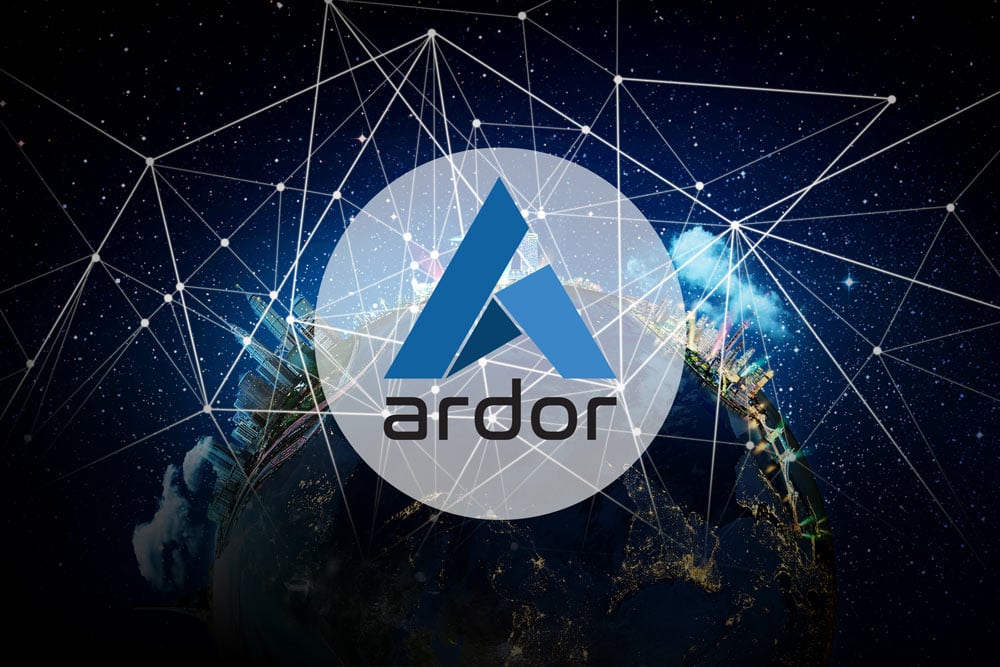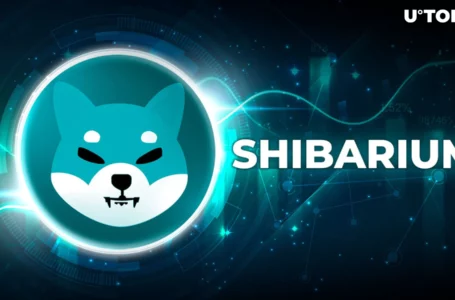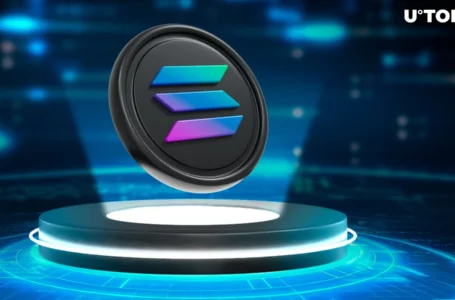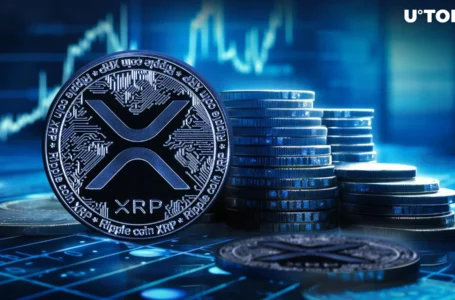
Blockchain as a service (BaaS) is an increasingly popular area, and one of the pioneers is Ardor (ARDR). They are working to provide businesses with the blockchain infrastructure needed to leverage the benefits of blockchain technology, without bearing the time and cost of developing their own custom blockchain solutions. Ardor accomplishes this by giving businesses a main chain that handles security and decentralization, combined with child chains that can be used for a variety of business applications.
Ardor (ARDR) was created by the same team that developed the Nxt blockchain, and is known in some circles as Nxt 2.0. Ardor solves some of the critical problems that Nxt suffered from, including issues of scalability, blockchain bloat and customization.
The remainder of this article takes a deeper look at Ardor, its beginnings in Nxt, and the first child chain project called Ignis. There is great hope that the Ardor project will create a new level of usability for blockchain as a service.
First there was Nxt
Before tackling Ardor (ARDR), it’s important to understand how Nxt contributed to the creation of Ardor. As I mentioned above, Ardor has been called Nxt 2.0, primarily because it relies heavily on the Nxt core programming. Ardor was developed with all the features included in Nxt, plus new advanced features of its own.
Nxt was begun all the way back in 2013 and was one of the very first ICOs. It would have been considered a pretty poor ICO by today’s standards, having raised just $6,000, but that didn’t deter the Nxt developers from continuing with their vision.
Nxt was pretty groundbreaking at the time, being one of the first to build its own blockchain from scratch rather than basing the programming on Bitcoin core. Nxt is an open-source project, is written in Javam and was the first blockchain to use Proof-of-Stake (PoS) as its consensus mechanism.
One of the primary reasons for Nxt was to encourage experimentation. It allowed companies to use its API to implement their own blockchain solutions on top of the Nxt blockchain. There were various functions built right in and available as soon as a new token is created. These include blockchain voting, trading, asset creation and marketplace creation. Nxt wants to make it simple for businesses to create new tokens that have utility right out of the box.
Nxt Problems
With a long history of development, Nxt has become a highly respected and established blockchain project. However, the developers realize that as blockchain usage increases, Nxt and other blockchains will face some critical problems with scalability, customization and payments. Let’s look closer at these basic issues.
Native Token Requirement
The most straightforward problem is the use of native tokens to pay transaction fees. Because Nxt uses a forging Proof-of-Stake protocol there are no new tokens being created. Instead, the forgers who are verifying blocks receive a portion of the network transaction fees.
For this to work the transaction fees must be paid in Nxt. This is true even if a new currency has been created that’s independent of Nxt. The new blockchain owner still needs to own Nxt to pay transaction fees, and this dilutes the value of their own currency. This is also true for Ethereum’s ERC-20 protocol, with fees on that network being paid in Ether.
The Bloated Blockchain
As blockchains become longer and more heavily used nearly all, including Nxt, are experiencing some degree of blockchain bloat. The origin of this bloat is the need to download and store the entire blockchain to run a network node. As the height of the blockchain increases this becomes increasingly more difficult.
Soon a node operator might need to download and store terabytes of transaction data. Obviously, this creates a huge disincentive to new node creation. Nxt has implemented some information pruning measures, but even with that the current system of downloading the entire blockchain isn’t sustainable long-term.
Customization Issues
When you have a blockchain as a service solution that encourages businesses to create new assets and customize their version of the blockchain it creates issues with maintenance of all these customized systems. It’s easy enough to close the Nxt blockchain, but that would also require new servers and ongoing maintenance to keep the customized blockchain running properly.
And even with a close tab kept on the cloned systems, they will still lag behind in security and software updates. It would simply be far too resource intensive for Nxt to continue supporting customized solutions.
How Ardor is Solving Nxt Problems
Every feature that Nxt supports was also included in Ardor (ARDR), but there was a key change made with the way Ardor implements new blockchains. Ardor creates multiple chains, called child chains, that allow functionality to be separated from security. That means the Ardor main chain can be slimmed down and built exclusively for security and speed.
Each new project implemented on Ardor creates a separate child chain. These child chains contain all the functionality and customization that was supported by Nxt, but it gets its security and decentralization from the Ardor main chain.
This architecture allows new chains to be implemented very rapidly, in matters of hours or even minutes. Because the Ardor main chain already has the infrastructure for security and decentralization, the child chains are quickly developed to handle custom use cases. Because they are still on the same platform they can use the security, speed and decentralization of the main chain.
Finally, Ardor has tackled the native token problem by creating a system of bundlers. These will be network nodes that accept payments in the child chain tokens and then convert the payments to ARDR to pay the Ardor forgers. In essence they will be an on-chain exchange. This will allow each child chain to pay in its own currency.
Summary
While they aren’t getting much attention, the Ardor (ARDR) team is doing very important work in creating new ways to leverage blockchain infrastructure to solve problems of security, speed, scalability and bloat. If their plans work as expected the Ardor platform could result in a solution that allows any size business to take advantage of blockchain technology.
Accepting network transaction fees in child tokens may seem like the ARDR tokens will become little more than operational tokens, but remember that the bundlers will work as exchanges, which should provide liquidity for ARDR and support the price of the token.
Recently the price of ARDR bounced after Binance listed the coin on July 18. That shows some support behind the project, but the team behind Ardor really needs to generate more buzz and excitement around the project if they expect to gain adoption and partnerships.



















